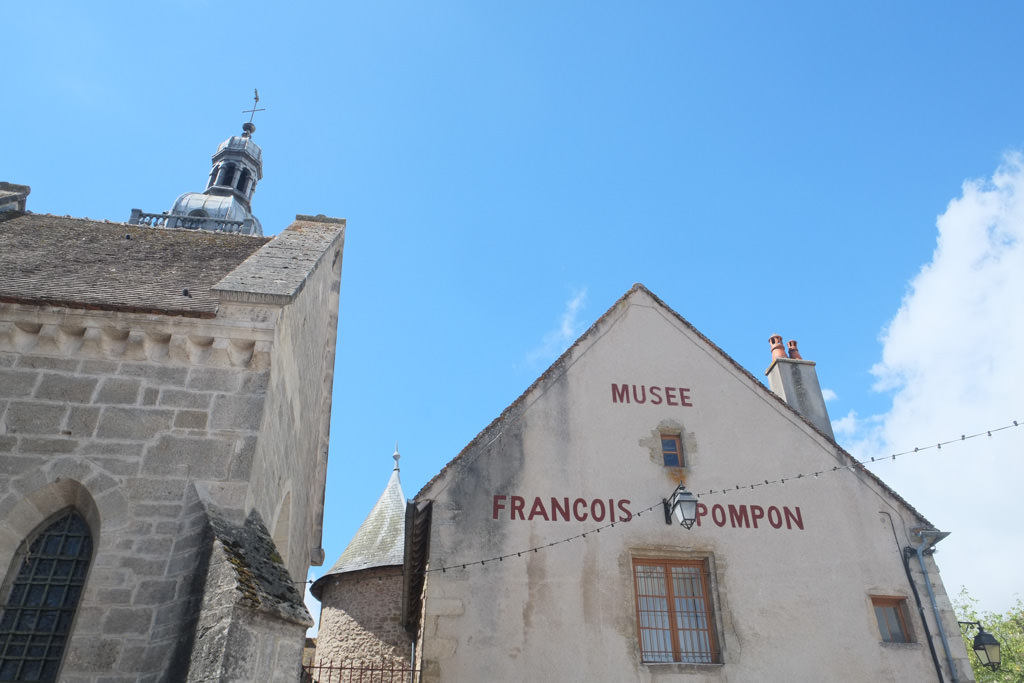Famous for his sculptures of animals in a refined style, François Pompon's talent was only belatedly recognized with the undeniable success of his White Bear, which can be seen at Orsay Museum. Born into a family of cabinetmakers, the former apprentice marble cutter, who worked for Rodin, among others, gave his letters of nobility to animal sculpture to the point that, in his native region of Burgundy-Franche-Comté, a museum is dedicated to him.
